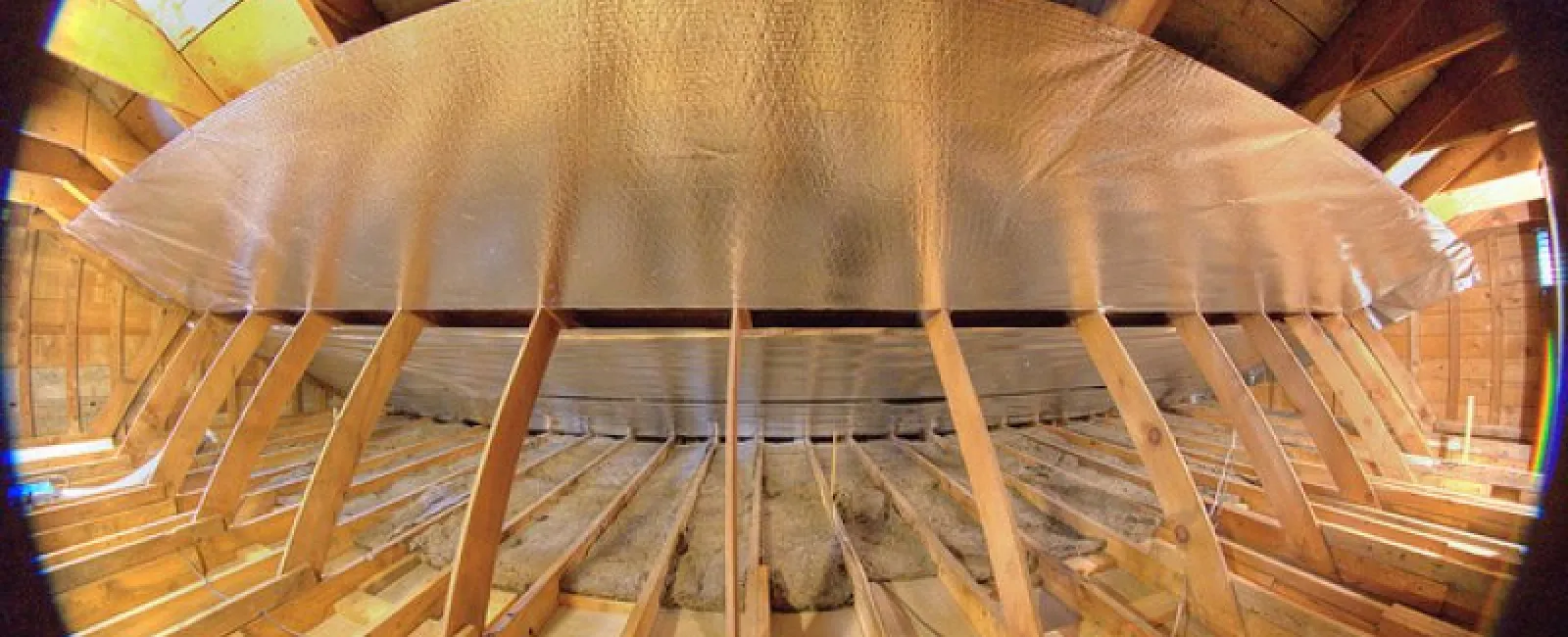When it comes to insulation, few places are as important as your attic. Because heat rises, poor attic insulation can quickly add up to high heating bills in the colder months and also tends to make it more difficult to cool your home in the summer. Strong insulation, on the other hand, can lower your energy bills month to month. But how do you start an attic insulation project? Here are a few answers to common questions.
Do you need new insulation?
Let’s start with the basics – do you have enough insulation? Energy Star suggests this simple test to see if you really need some extra attic insulation: Go into your attic or upper crawlspace and look at the current insulation. If you can see your floor joists, or if the insulation does not appear to be distributed evenly, or if you can see through cracks to daylight, you need an insulation update. If you aren’t sure, consider an attic inspection to get a professional opinion.
One of the most important factors when considering insulation is the R-value, which shows you how well that insulation resists the flow of thermal energy. The higher the R-Value, the better. Try to choose materials that have an R-Value of around 38 or higher for the best results.
Are you ready to make changes?
Putting new attic insulation in may require you to make some big changes in how you use your attic. If you want to fully replace insulation or add a new layer of protection to really help save money, you’ll need to make some serious changes. For example, a floor level coating of insulation is common for complete insulation, but this means you cannot use your attic for storage. You may also need to make wiring or plumbing changes based on what insulation you choose.
What new insulation will work best for you?
You don’t need to use the same insulation that your attic currently has – you can mix and match based on the ideal type of insulation. Common choices include:
- Loose Fill: This blow insulation simply piles up freely. It is very easy to install for professionals, but primarily suitable for smaller attics and crawlspaces.
- Fiberglass: This is “rolled” insulation, often with backing, that can be installed in walls and floors and does not suffer from drift or scattering like loose fill. Fiberglass rolls and loose fill can be combined, but fiberglass batting should not be placed over loose fill if possible.
- Foam Insulation: Foam insulation quickly hardens into an immovable layer that is ideal for covering up cracks or holes in the attic or in old insulation.
Can your attic still breathe?
Never cover up attic vents with your new insulation. Your attic needs those eave vents to properly breathe and avoid serious problems with condensation. Hire professionals that understand the need for attic air flow.
Photo Source: Flickr



